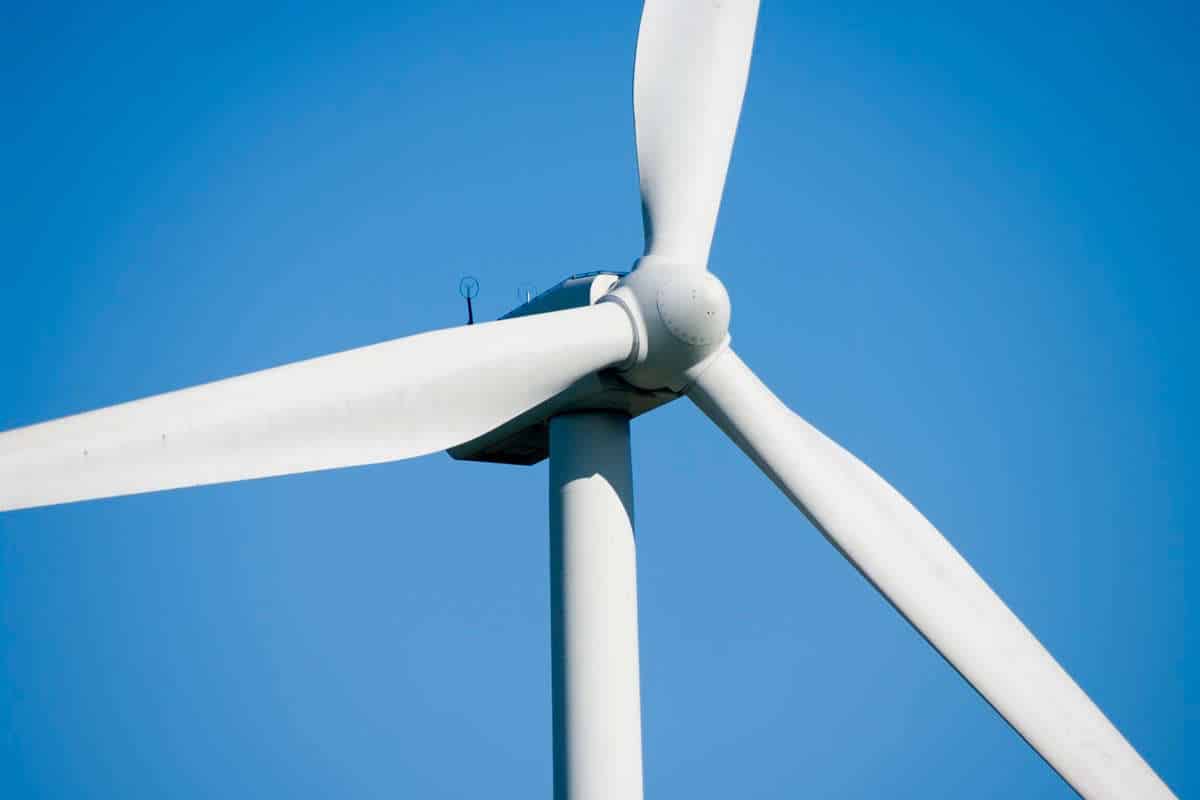Critical Role of New Water Lines for Communities with Contaminated Wells

By Jane Marsh
For communities without safe drinking water, new water lines vastly improve people’s quality of life. Wells contaminated with agricultural pollution, lead or PFAS — also called forever chemicals — effectively force residents to buy bottled water or risk their health. In 2021, the Bipartisan Infrastructure Law (BIL) made over $55 billion available for freshwater and wastewater infrastructure in the U.S. Here’s how installing new water lines will affect the country.
The Bipartisan Infrastructure Law
Much of the country’s water systems are decades old, and it is starting to become apparent. The U.S. loses an average of 14% to 18% of its treated potable water daily through leaks, with systems in some areas losing over 60%.
In addition to leaking, aging pipes allow contaminants to enter the water, which is why millions of Americans cannot drink the water in their own homes. The BIL will replace lead pipes with new, safe water lines, fund rural water projects and address contamination issues in small communities.
The act funds projects through two main programs. The first, the Drinking Water State Revolving Fund (DWSRF), targets drinking water projects, lead pipe replacement and PFAS removal. The Clean Water State Revolving Fund (CWSRF) offers grants for water pollution and contaminant removal programs.
Health Effects of Contaminated Water
Contaminated water leads to profound health issues that can affect entire communities. Pollutants like PFAS from nearby factories may cause immune problems, changes in liver enzymes, an increased risk of high blood pressure, lower infant birth weights and a higher risk of some types of cancer.
When lead enters drinking water through corroded pipes, it can cause anemia, slowed growth, hearing problems, behavioral issues, lower IQ scores and hyperactivity in children. In adults, it leads to reproductive problems, reduced kidney function and increased blood pressure. It can also cause premature births and reduced growth of babies in the womb.
Microorganisms in drinking water can lead to giardiasis, E. coli infections, cryptosporidiosis, dysentery, salmonellosis and other potentially deadly diseases.
Why Is Contamination a Growing Issue?
There are multiple reasons water contamination has become a serious problem, including:
Dwindling Resources
Many of the freshwater sources in the U.S. are becoming depleting so quickly that communities are running out of water. At the same time that climate change is worsening droughts and heat waves, many parts of the world are experiencing explosive population growth.
For example, droughts in California once depleted underground aquifers to the point that many farmers could not irrigate their crops. People cannot simply turn to a different water source if the main aquifer becomes contaminated.
Disproportionate Hardship
Unsafe drinking water disproportionately affects minority communities. One study found that almost 40% of Native American Tribal home wells contained water unsafe for lifetime consumption. Despite containing arsenic, uranium, manganese and even coliform bacteria, the wells were the main or only option for 80% of families. People living in affected communities are desperate for solutions.
Increased Industrialization
Manufacturing and agriculture have scaled up to meet the needs of the growing population. Unfortunately, that means more chemicals — including fertilizer, plastics and pharmaceutical waste — are ending up in the water supply.
The U.S.’s water infrastructure needs a complete overhaul in some areas to address the contamination. The country also needs better regulations to prevent pollution, such as stronger laws to prevent dumping waste into water bodies.
New Water Lines Are Changing Lives
Clean water is a human right. For people living in areas with contaminated wells, new water lines allow people to cook, drink and bathe in their own homes instead of spending extra money on bottled water or relying on other people’s generosity. Updated water systems are also less prone to breaking, saving the country countless dollars on repairs and wasted water. The Bipartisan Infrastructure Law is profoundly improving people’s livelihoods.
Author Bio: Jane Marsh is the editor-in-chief of Environment.co where she covers green technology, sustainable building and environmental news.




